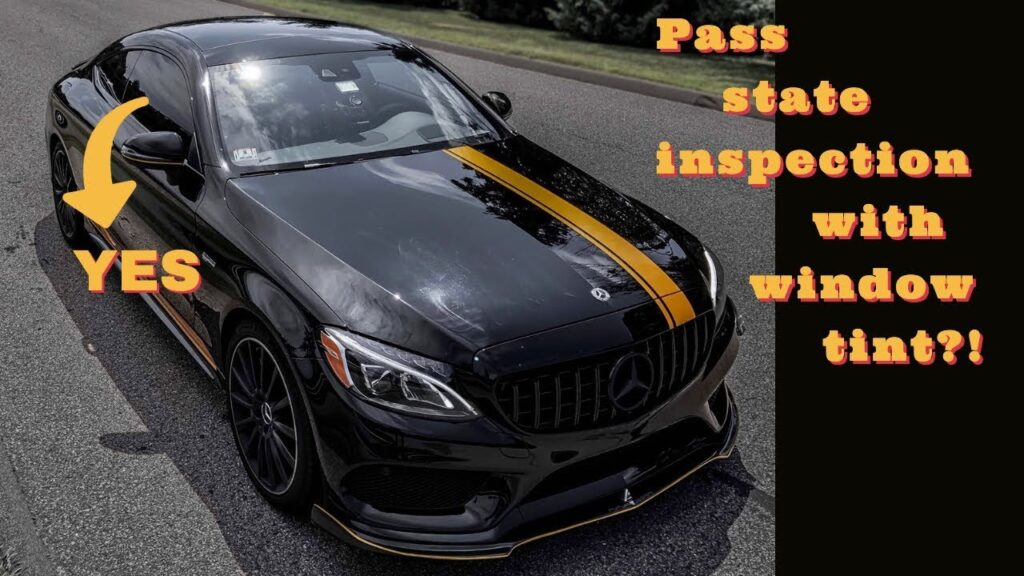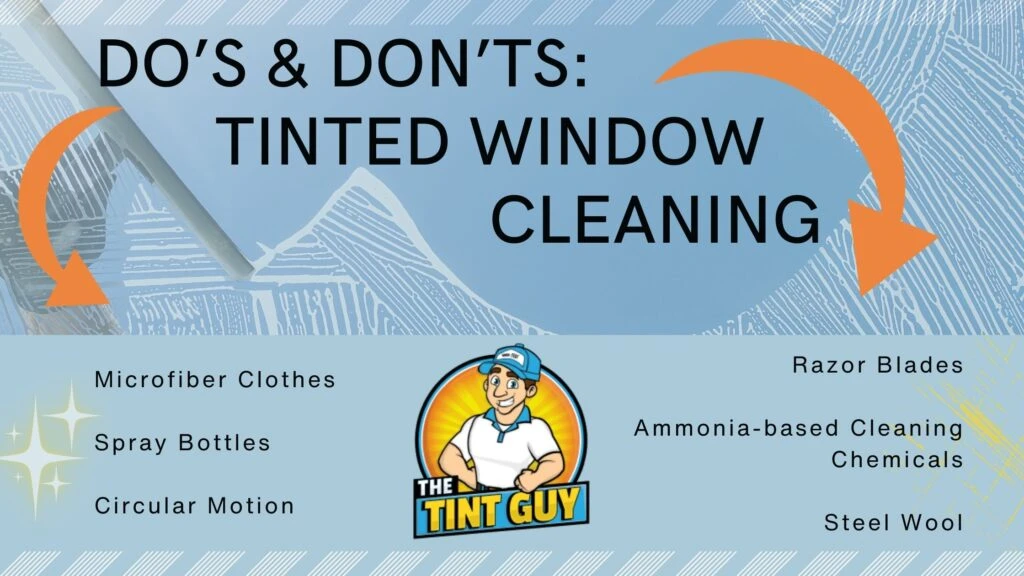As an Amazon Associate, I earn from qualifying purchases
Visible Light Transmission (VLT) measures the amount of light passing through a tinted surface. It’s crucial for understanding tint performance.
Have you ever wondered why some tinted windows are darker than others? Or why certain tints feel more comfortable in bright sunlight? This is where VLT comes into play. VLT affects how much visible light enters through a window or a lens.
It’s a key factor in selecting the right tint for your needs, whether for car windows, sunglasses, or home windows. Knowing about VLT helps in making informed choices to balance light, comfort, and privacy. In this blog, we will explore what VLT is, how it works, and why it matters. Stay tuned to learn more about this essential aspect of tinting.
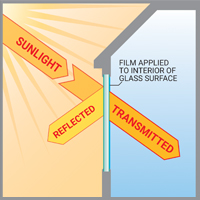
Credit: www.johnsonwindowfilms.com
Introduction to Visible Light Transmission (VLT)
Visible Light Transmission (VLT) is a crucial aspect of window tints. It affects how much light passes through the tinted glass. Understanding VLT helps in choosing the right tint for your needs.
Definition Of VLT
Visible Light Transmission (VLT) is the percentage of visible light that passes through a window. It ranges from 0% to 100%. A higher VLT means more light passes through, while a lower VLT means less light.
Here is a simple table to illustrate:
| VLT Percentage | Light Passing Through |
|---|---|
| 5% | Very Little Light |
| 50% | Moderate Light |
| 90% | Most Light |
Importance Of VLT in Tint
The importance of VLT in window tints cannot be overstated. It directly impacts visibility, privacy, and comfort.
Here are some key reasons why VLT is important:
- Visibility: Higher VLT allows for better visibility, especially at night.
- Privacy: Lower VLT provides more privacy by reducing visibility from outside.
- Comfort: Balanced VLT helps in controlling light and heat, making interiors more comfortable.
Choosing the right VLT percentage can enhance the overall experience of your vehicle or home.
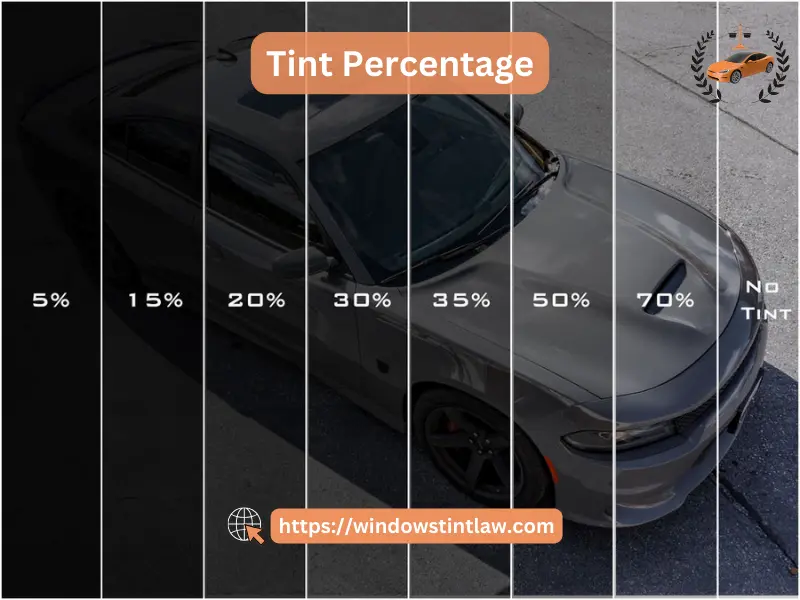
Credit: windowstintlaw.com
How VLT Is Measured
Understanding Visible Light Transmission (VLT) is crucial for anyone considering window tints. VLT measures how much light can pass through the tint. But how is VLT measured? Let’s explore the methods and tools used to determine this important aspect.
Measurement Techniques
There are various techniques to measure VLT. The most common methods are:
- Using a light meter
- Applying spectrophotometry
- Employing integrating spheres
A light meter measures the amount of light passing through the tint. Spectrophotometry analyzes light wavelengths. Integrating spheres measure light from all directions.
Tools And Equipment
To measure VLT accurately, you need specific tools. Here are the primary tools used:
| Tool | Function |
|---|---|
| Light Meter | Measures light passing through a surface. |
| Spectrophotometer | Analyzes light wavelengths. |
| Integrating Sphere | Measures light from all angles. |
These tools provide accurate VLT readings, ensuring you know how much light penetrates your window tint.
Factors Affecting VLT
Visible Light Transmission (VLT) on tint measures the amount of light passing through a window. Factors affecting VLT include tint color, material, and thickness. Higher VLT means more light can pass through.
Visible Light Transmission (VLT) on tint refers to the amount of visible light that can pass through a tinted window. Various factors influence VLT, making it essential to understand how each one plays a role. Let’s explore two significant factors affecting VLT.
Material Of Tint
The type of material used in tinting affects the VLT. Different materials allow different amounts of light to pass through. For instance, ceramic tints usually have higher VLT compared to metallic tints. Some materials block more light. Others let more light in. This choice impacts the overall visibility and light transmission.
Thickness Of Tint
The thickness of the tint film also plays a crucial role. Thicker films tend to block more light. Thinner films allow more light to pass through. This directly influences the VLT percentage. A thicker tint can provide more privacy. But it will also reduce visibility. A thinner tint offers better visibility. But less privacy and light blocking. “`
VLT and Legal Regulations
Visible Light Transmission (VLT) on window tints is not just a measure of light. It is also subject to various legal regulations. These regulations ensure that the tints on your vehicle are safe and compliant with local laws. Understanding these rules is essential for every vehicle owner.
Regional Laws
Different regions have different laws regarding VLT. In the United States, each state has its own regulations. For example:
| State | Front Side Windows | Rear Side Windows | Rear Window |
|---|---|---|---|
| California | 70% VLT | Any VLT | Any VLT |
| New York | 70% VLT | 70% VLT | 70% VLT |
| Texas | 25% VLT | 25% VLT | Any VLT |
Ensure you check your local laws before applying tint to your windows.
Safety Standards
Safety is a primary concern with VLT regulations. Tints that are too dark can reduce visibility. This can be dangerous for both the driver and others on the road. Most regions set a minimum VLT percentage for the front windows. This is where the driver needs the most visibility.
The rear windows often have more lenient regulations. This is because reduced visibility here does not affect the driver as much. It is important to balance the benefits of window tints with safety. Always choose a VLT that complies with local laws and promotes safe driving.
Impact Of VLT on Visibility
Visible Light Transmission (VLT) affects how much light passes through a window tint. The percentage of VLT determines how clear and bright the view through the window is. This impacts visibility during different times of the day.
Daytime Visibility
During the day, higher VLT allows more light to pass through. This means clearer views and better visibility. It makes the inside of a car or building brighter. Lower VLT reduces light entry. This can make the inside darker. But it also reduces glare from the sun. It is crucial to balance light entry and glare reduction for comfort.
Nighttime Visibility
At night, visibility changes with VLT levels. Higher VLT can improve visibility by allowing more light from streetlights. It makes seeing outside easier. Lower VLT can make it harder to see. It reduces the amount of light entering from outside sources. This could affect driving safety. Proper VLT selection is important for optimal night visibility.
Benefits Of Optimal VLT
Understanding the benefits of optimal Visible Light Transmission (VLT) on tint is crucial. Optimal VLT can enhance safety, improve comfort, and boost aesthetics. These factors can significantly improve your driving experience.
Enhanced Safety
Optimal VLT provides better visibility. This can help you see the road. It reduces the glare from the sun. It also helps in low-light conditions. Enhanced visibility means fewer accidents. You can drive with more confidence.
Comfort And Aesthetics
Proper VLT levels can keep your car cooler. It reduces the amount of heat entering your vehicle. You can enjoy a more comfortable ride. It also protects you from harmful UV rays. This can prevent skin damage.
Optimal VLT also improves the look of your car. It gives your vehicle a sleek appearance. You can choose a tint that matches your style. It adds to the overall aesthetics of your car. You can feel proud of your vehicle’s appearance.
Choosing The Right VLT For Your Needs
Choosing the right Visible Light Transmission (VLT) for your tint can be tricky. Your choice affects visibility, comfort, and style. Understanding your needs helps in making the right decision.
Personal Preferences
Personal preferences play a big role in choosing VLT. Some people prefer more light for a brighter view. Others like less light for more privacy. Think about your daily driving conditions. Do you drive mostly during the day or at night? A higher VLT lets in more light, which is good for night driving. A lower VLT reduces glare, which is better for sunny days.
Professional Recommendations
Professionals can guide you in selecting the right VLT. They consider factors like local laws and regulations. Some areas have strict rules on how dark your tint can be. Experts also think about your car’s design and color. Darker cars may look better with lower VLT. Light-colored cars might need a higher VLT for balance. Professional advice ensures you get the best performance and aesthetics.
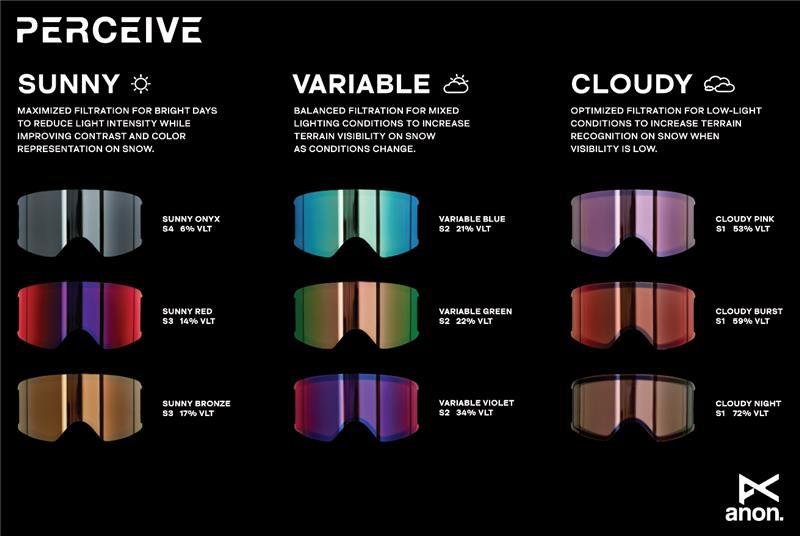
Credit: www.burton.com
Maintaining VLT Over Time
Visible Light Transmission (VLT) measures the amount of light passing through a window tint. It is crucial to maintain the VLT over time to ensure the tint’s effectiveness. Proper care and maintenance can help preserve the VLT and prolong the life of the tint.
Cleaning Tips
Proper cleaning is essential to maintain VLT. Use a mild, non-abrasive cleaner. Avoid ammonia-based products. These can damage the tint.
- Use a soft cloth or sponge.
- Gently wipe the surface to avoid scratching.
- Dry with a microfiber cloth to avoid streaks.
Regular cleaning keeps the tint clear and functional. Clean windows at least once a month.
Preventing Damage
Preventing damage helps maintain VLT. Avoid using sharp objects near the tint. Scratches can reduce VLT.
| Action | Benefit |
|---|---|
| Park in shaded areas | Reduces sun exposure |
| Avoid harsh chemicals | Prevents chemical damage |
| Use sunshades | Protects from direct sunlight |
Handling the tint carefully can prevent damage and maintain its effectiveness. Follow these tips to keep your tint in top condition.
Common Myths About VLT
Visible Light Transmission (VLT) on tint is often misunderstood. Many myths surround this concept, causing confusion. Let’s clear up some common misconceptions.
Debunking Misconceptions
There are many myths about VLT. Here are a few:
- Myth: All tints block the same amount of light.
- Fact: Tints come in different VLT percentages. Each block has different light levels.
Another common myth is about the legality of tints:
- Myth: Any tint is legal if it looks good.
- Fact: Tint laws vary by state and country. Always check local regulations.
Some believe darker tints are always better:
- Myth: Darker tints provide better protection.
- Fact: Darker tints do not always mean better UV protection. Check the VLT rating instead.
Reliable Sources Of Information
Getting accurate info about VLT is vital. Here are some reliable sources:
- Manufacturer Websites: They provide detailed VLT data for their products.
- Local DMV: They offer guidelines on legal tint levels.
- Certified Installers: They have expert knowledge of VLT and its effects.
Always verify information from trusted sources. This ensures you get the correct details about VLT.
Understanding VLT helps you make informed decisions. Avoid myths and rely on facts.
Frequently Asked Questions
What Does VLT Mean On Window Tint?
VLT stands for Visible Light Transmission. It indicates the percentage of visible light that can pass through the window tint.
How is the VLT percentage calculated?
VLT percentage is calculated by measuring the amount of visible light that can pass through the tinted glass.
Why is VLT important For Car Windows?
VLT is crucial because it affects visibility, glare reduction, and heat rejection, ensuring a safer and more comfortable ride.
What Is The Best VLT For Privacy?
A lower VLT percentage, such as 20% or 15%, is best for enhanced privacy, blocking more light.
Conclusion
Understanding Visible Light Transmission (VLT) on tint is crucial. It impacts visibility and comfort. Choosing the right VLT enhances driving safety. Lower VLT means darker tint, higher VLT means lighter tint. Always check local regulations before tinting windows. Knowledge of VLT helps make informed decisions.
It’s about finding the right balance. Proper tint can protect from glare and UV rays. Stay informed, stay safe on the road.
As an Amazon Associate, I earn from qualifying purchases

